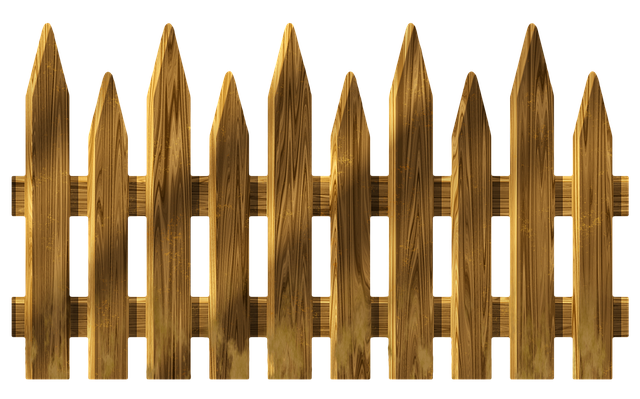Large properties present unique fencing challenges, demanding durable, aesthetically pleasing, yet cost-efficient solutions. This article guides homeowners through the process of selecting suitable fencing for expansive lands, balancing aesthetics and affordability. We explore traditional options and introduce innovative materials and methods that offer long-lasting, low-maintenance alternatives. Additionally, we provide insights into maximizing savings and ensuring the longevity of your investment through proper maintenance tips tailored for large-scale fencing projects.
- Understanding Large Property Fencing Needs
- Traditional vs. Cost-Effective Solutions
- Innovative Fencing Materials and Methods
- Long-Term Savings and Maintenance Tips
Understanding Large Property Fencing Needs
Fencing large properties presents unique challenges compared to smaller plots, requiring solutions that balance aesthetics with functionality and affordability. The primary considerations for large-scale fencing involve both the extensive length of fence needed and the diverse terrain that often accompanies spacious land. Each corner of the property might demand a different type of barrier, from rugged, durable materials suitable for hilly or uneven ground to elegant, seamless designs that complement the landscape in open, level areas.
Moreover, large properties often serve multiple purposes, such as agriculture, livestock grazing, and recreation, necessitating fences that cater to these diverse functions. For instance, electric fences may be required to keep livestock within specific boundaries while allowing free movement for wildlife or agricultural machinery. Understanding these multifaceted needs is crucial in selecting fencing solutions that offer both the necessary security and flexibility for the property’s unique characteristics and uses.
Traditional vs. Cost-Effective Solutions
In the realm of fencing, there’s often a perceived trade-off between aesthetics and affordability, especially for large properties. Traditional solutions tend to favor ornate, durable materials like wood or metal, offering timeless beauty but coming with substantial costs. These materials are prone to rot, rust, and require regular maintenance, driving up long-term expenses.
Cost-effective fencing solutions challenge this status quo by prioritizing functionality, durability, and affordability. Innovations in materials science have led to the development of composite materials, vinyl, and advanced metallurgy that mimic traditional looks while being significantly more budget-friendly. These modern alternatives boast longevity, low maintenance requirements, and often come with warranties, ensuring long-term savings for property owners.
Innovative Fencing Materials and Methods
In recent years, the fencing industry has seen a significant shift towards innovative materials and construction methods, offering both aesthetic improvements and cost-saving benefits for large property owners. One such advancement is the introduction of modern composite fencing materials, which combine the strengths of wood and plastic to create durable, low-maintenance barriers. These materials are not only eco-friendly but also reduce long-term maintenance costs, making them an attractive option for expansive properties.
Additionally, new installation techniques have emerged, such as pre-assembled fence panels that can be easily transported and installed on-site. This modular approach streamlines the construction process, minimizing labour costs and potentially reducing overall project timelines. These innovative methods allow property owners to enhance their outdoor spaces with robust, visually appealing fences without breaking the bank.
Long-Term Savings and Maintenance Tips
When considering fencing for a large property, long-term savings should be at the forefront of your mind. While initial installation costs might vary based on material and design choices, high-quality fences are an excellent investment. They offer protection from wildlife, intruders, and unauthorized vehicles, enhancing your property’s security. Additionally, they can significantly reduce energy bills by providing natural windbreaks during hot summers and insulation in colder months.
Regular maintenance is key to maximizing the lifespan of your fence. For wooden fences, annual treatment with a water-repellent sealer will protect against rot and insect damage. Concrete or metal fences require minimal upkeep, mostly involving occasional cleaning. Keeping foliage trimmed around the fence line prevents overgrowth that could obstruct visibility and potentially weaken the structure. Regular inspections can also help identify potential issues early on, ensuring quick repairs before they turn into costly replacements.
